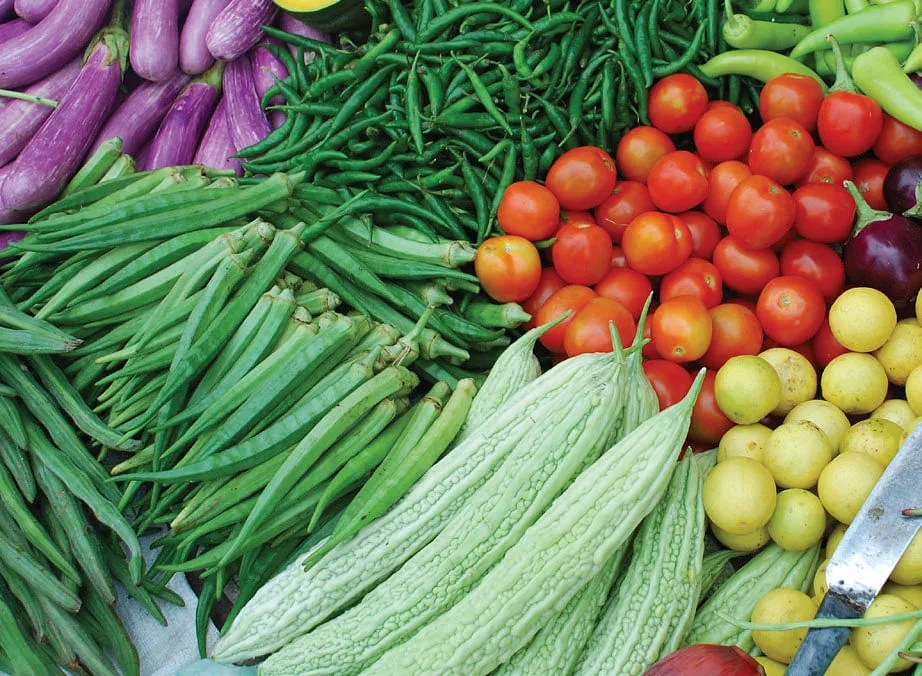Ukraine is an agriculture powerhouse. It produces food grains, including wheat, corn, barley, and edible oil in vast quantities. Almost ninety percent of Ukrainian agricultural production is exported. An immediate consequence of Russia’s invasion of Ukraine in February this year was to virtually stop the export of agricultural commodities from the country. This was because Russia blockaded Ukraine’s ports on the Black Sea from where these were largely exported overseas. The stoppage of Ukrainian agricultural produce from reaching these markets led to a rise in the worldwide rise in prices of some food grains and to the prospects of grave shortages, especially of wheat, in some countries dependent on Ukrainian imports.
A 2020 Food and Agriculture Organisation (FAO) report estimated that many Arab countries such as Qatar, Tunisia and Libya sourced almost half their wheat imports from Ukraine. Other countries that imported Ukrainian wheat included Pakistan, Bangladesh and Malaysia. It was not easy to replace Ukrainian wheat from other sources. Thus, there was a real food crisis caused by the Ukrainian war. It was necessary to resolve it to prevent severe shortages leading to hunger. Despite the United Nations intervention to work out an arrangement of the export of Ukrainian wheat an impasse prevailed for many months. Finally, on July 23, Ukraine and Russia signed a deal brokered by the UN and Turkey; it was signed in Istanbul. Russia allowed Ukrainian wheat to be exported on vessels which sailed through safe Black Sea corridors. In return US and the EU agreed to not seek to block the export of Russian agricultural commodities. The deal which provided for the ships carrying Ukrainian wheat to be inspected by joint teams of UN, Russian and Ukrainian officials had a salutary impact on global wheat prices. They fell making the grain more affordable to poorer countries.
On October 29 Russia announced that it was suspending its participation in the grain deal because it alleged that Ukrainian drones had attacked the Crimean port city of Sevastopol. As it is the deal is set to expire on November 19 though it is expected to be extended. The Russian decision caused global consternation for it again raised the spectre of wheat shortages and higher global prices leading to increased hunger in poorer countries dependent on Ukrainian wheat. Despite its announcement Russia did not actually stop shipments which continued to be made. The UN and Turkey again intervened with Russia and on November 3 it lifted the suspension. However, Russian President Vladimir Putin was quoted in some media reports as stating “Russia retains the right to leave these agreements if these guarantees from Ukraine are violated”. Putin also spoke to Turkish President Recep Tayyip Erdogan before lifting the suspension, indicating the important role of Turkey in the Black Sea area.
The weaponisation of food is not a new phenomenon during war. All through human history warring parties have sought to use it to break the will of adversaries. The stoppage of food and even water was a basic object of laying a siege to city or a fort to force it to surrender. What is new now is the impact of war on food or for that matter on energy and other supplies on countries far removed from the conflict or those who have no role in it whatsoever. This is partly on account of globalisation which has led to growing complexities of supply chains. The only sure way to avoid becoming collateral damage in the context of food supplies is by becoming self-sufficient in food though, even then, some critical elements such as fertiliser supplies which are of such surpassing importance in modern agriculture may require to be imported. In this context the Indian case comes to mind.
Traditionally, Indian agriculture was critically dependent on the monsoons. A failure of the rains in any particular area led to acute food shortages, increased hunger and even famine. The British period witnessed many famines leading to starvation and death. In one case at least it was entirely man-made. The Bengal famine of 1942-43 which led to millions of deaths was the result of the British government ordering the hoarding of foodgrains for soldiers instead of releasing them to the people.
Improving agriculture was a priority for independent India. It was not an easy task but it is to the credit of Prime Minister Jawaharlal Nehru that he took the country in this direction through land reforms, which included the abolition of the zamindari system, and focussed on the introduction of modern agricultural methods. A network of scientific institutions were established for agricultural research. And, great attention was given to improving irrigation both through small projects and the construction of large dams. Yet, if the monsoons failed there were food shortages and the country became critically dependent on imports. This was especially witnessed in 1966-67.
The Green revolution which began in 1966 through the introduction of high-yielding variety of wheat began the transformation of the food scene. Defying the predictions of some Western scholars who asserted that India would forever remain a basket case it gradually became largely self-sufficient in food grains. This has a great achievement but it is now taken for granted by the present generations. That is in itself a measure of the achievement! The self-sufficiency in food grains has to be extended to edible oils and pulses and lentils. But the spectre of famine which was always present through history is now over. India can feed its growing population and even undertake exports of some agricultural commodities. The modernisation of agriculture has to remain a continuous process though.
While in many respects the Ukraine conflict has adversely impacted India it can take satisfaction that unlike some countries its food security has not been impacted.







